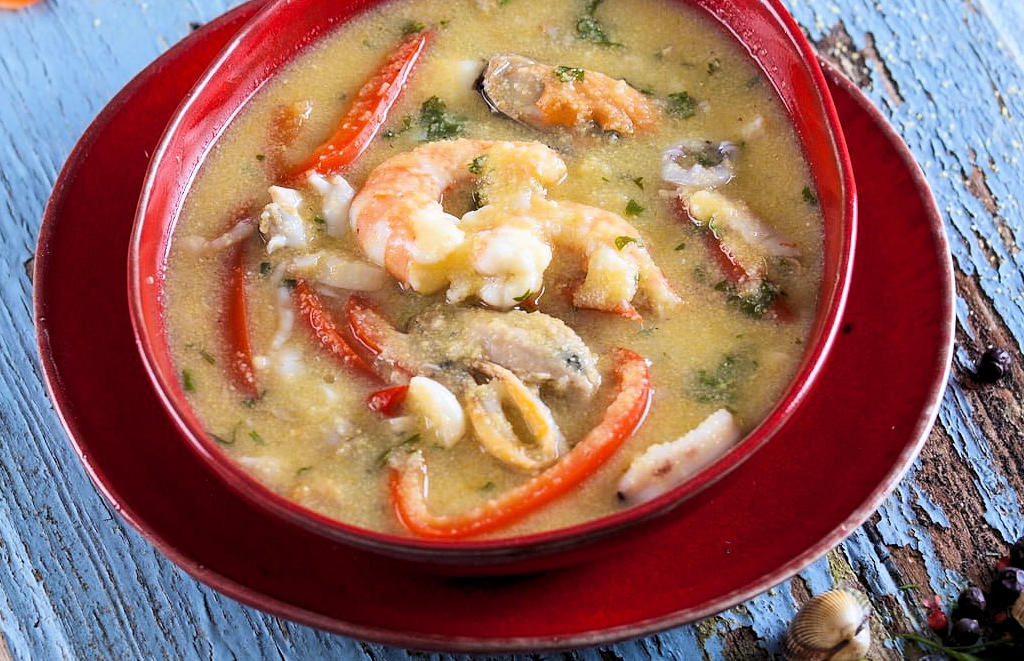Xerém is a simple but hearty dish that reflects the history and culture of the Algarve and its people. It is a way of using corn, a staple crop in the region, and combining it with seafood or meat from the coast or the countryside. Xerém is also a symbol of solidarity and community, as it is often cooked in large pots and shared among neighbors and friends.
The origin of xerém dates back to the Moorish occupation of the Iberian Peninsula, when corn was introduced to Europe from America. The word xerém comes from the Arabic term sharim, which means "broken grains". The Moors used to grind corn into coarse flour and cook it with water, salt, and butter. This dish was later adopted by the Christians who added meat and fish to it.
Lisbon.vip Recommends
In Cape Verde, xerém is known as cachupa rica or cachupa guisada. It is a national dish that consists of corn flour cooked with beans, cassava, sweet potato, cabbage, pumpkin, carrot, onion, garlic, bay leaf, salted pork, chicken, sausage, and tuna. It is usually eaten for breakfast with fried eggs or cheese.
In Brazil, xerém is called canjica or mungunzá in some regions. It is a sweet dessert that is made by boiling corn kernels with milk, sugar, cinnamon, cloves, and coconut milk. It can be topped with grated coconut or condensed milk. It is often served during festivals such as Festa Junina or Christmas.
Xerém is a delicious and nutritious dish that can be enjoyed in different ways. It is a testament to the rich and diverse gastronomy of Portugal and its influence around the world. Xerém is more than just food; it is a way of life.



